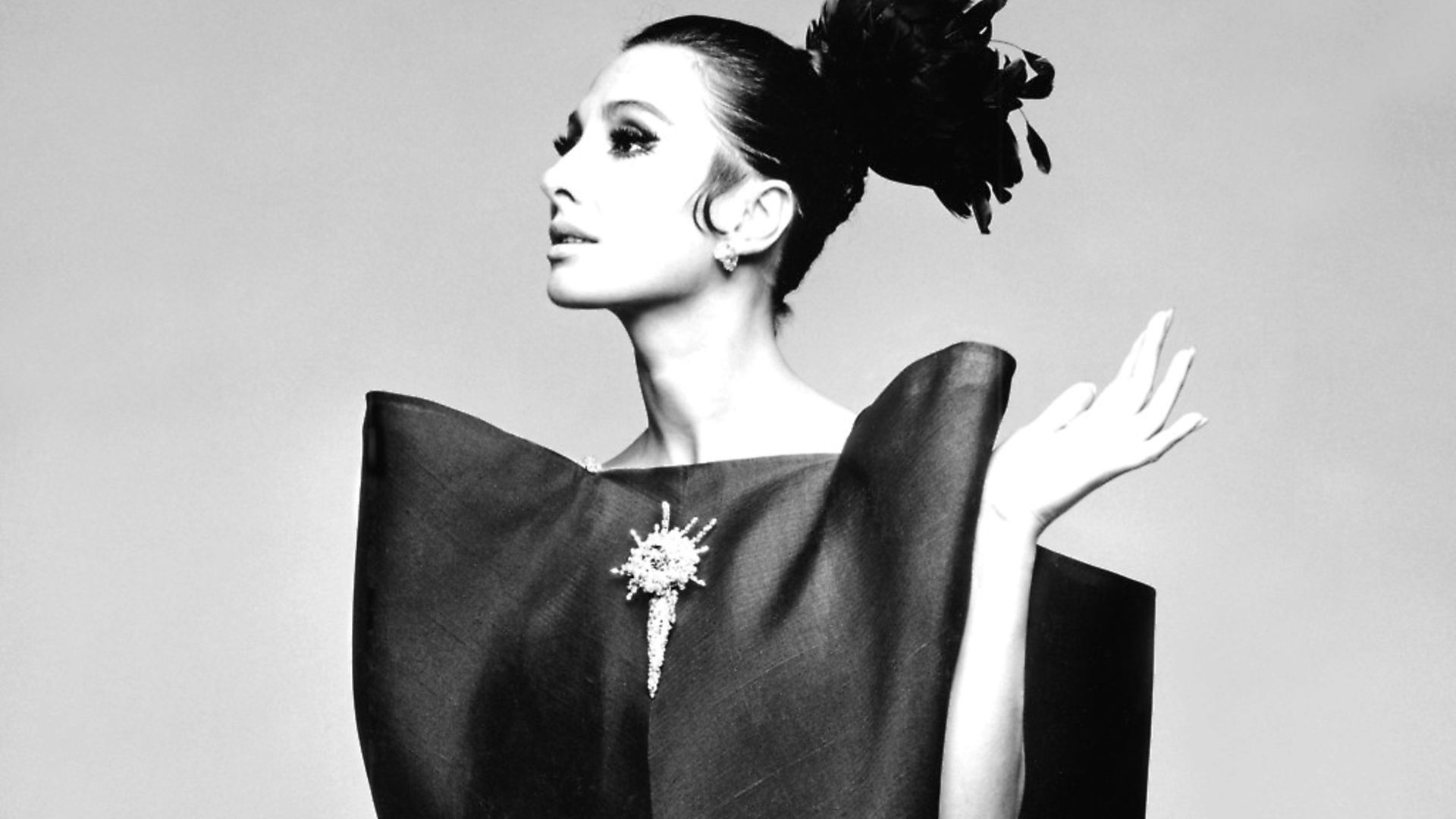
Here’s why 100 years on, echoes of the Spanish couturier can still be found in most women’s wardrobe
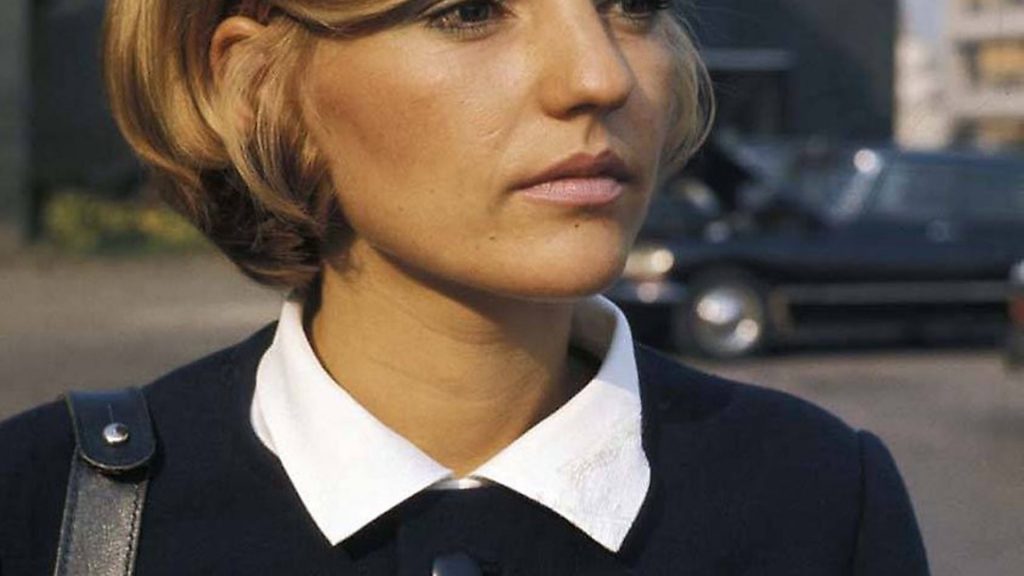
The name might only be vaguely familiar to those who don’t know fashion history, but most women’s wardrobes hold traces of Cristóbal Balenciaga (1895-1972). That cocoon coat you own? He invented the shape. The bracelet sleeve on your top? His influence. This year marks 100 years since his atelier opened, and 80 since his Paris fashion house launched, with two major European exhibitions paying tribute to his creations. Here’s why he’s so revered.
The Man and His Work
Balenciaga was born in Getaria, in Spain’s Basque Country, to a seamstress mother. He learned to sew as a tailor’s apprentice and, thanks to his teenage talent, gained the patronage of the Marchioness de Casa Torres, who let him raid her wardrobe full of Parisian couture. One hundred years ago, his San Sebastián atelier opened, and his aristocratic clientele increased; muses included the Marquesa de Llanzol.
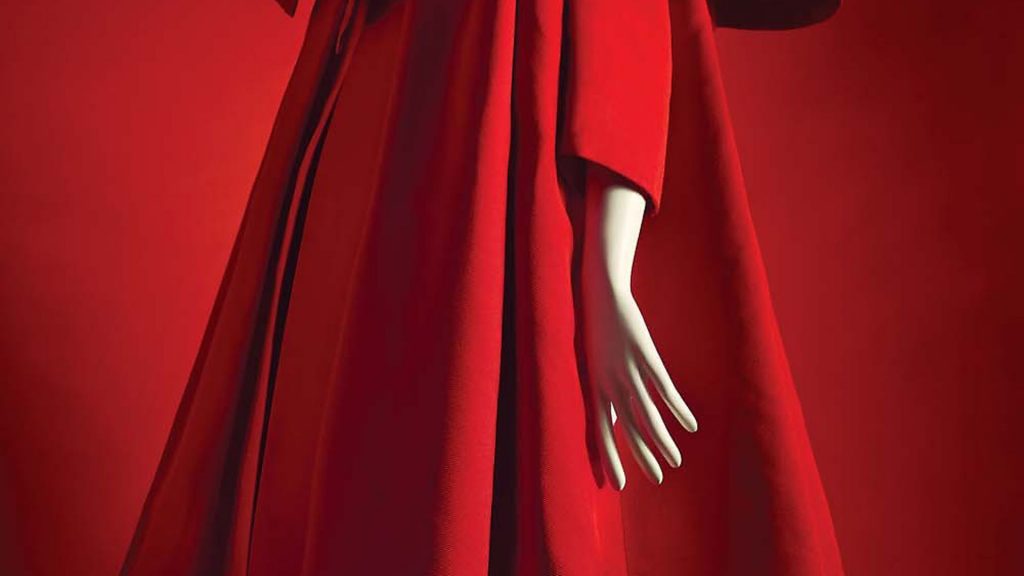
He moved to Paris to escape the Spanish Civil War, launching his haute couture collections from a workshop and glamorous showroom on the famous Avenue George V. Over the years, celebrity fans like Grace Kelly, Audrey Hepburn, and Ava Gardner wore his designs. Harper’s Bazaar editor Carmel Snow was a loyal supporter, frequently spotted in Balenciaga suits (it’s rumoured she was buried wearing a red brocade number). One famous commission was Queen Fabiola of Belgium’s wedding dress, made by Balenciaga’s head couturier, Felisa Irigoyen.
Balenciaga’s cuts were sympathetic to women’s bodies, with ease of movement a priority, and he didn’t need customers to be whippet thin – as one salon employee remarked, ‘Mr Balenciaga likes a little stomach’.
His most pioneering creations included the barrel line (jackets or coats shaped like a barrel), bracelet sleeves, semi-fitted suits, and several dresses: the peacock-tail, the baby doll, and the sack. No wonder Christian Dior said: ‘We do what we can with fabric – but Balenciaga does anything he wants’. However, Balenciaga wasn’t above praising his peers, like Chanel, Vionnet and Charles James.
Inspiration often lay close to home: ecclesiastical robes, matador jackets, and paintings by fellow countrymen like Goya, Chillida and Velazquez: the latter’s Portrait of the Infanta inspired an Infanta dress in 1939.
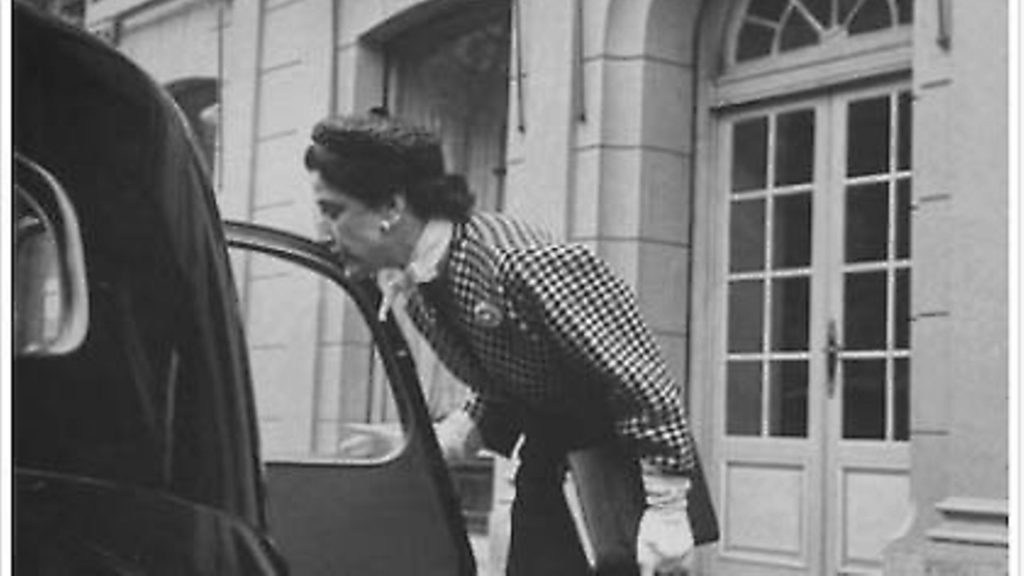
Not all designs were practical, though. ‘He only sold two of his ‘envelope’ dresses, and one was returned as the wearer couldn’t use the bathroom,’ says Cassie Davies-Strodder, curator of the V&A’s forthcoming exhibition, Balenciaga: Shaping Fashion.
Eisa, named after his mother, was Balenciaga’s more accessible label, based in San Sebastián, Madrid and Barcelona. Journalist Amaya Barriuso has written about her mother’s 11-year career as a Balenciaga workshop assistant in Madrid, serving the city’s high society and working alongside Felisa Irigoyen. She even carried Queen Fabiola’s ermine-lined wedding dress to bridal fittings at Balenciaga’s private Madrid house.
‘My mum started working at Eisa, in Gran Via, in 1959,’ Barriuso tells me. ‘She learned everything she knows about sewing, and Balenciaga’s haute couture, there. But it was only later she realised how important his legacy was for Spanish and international fashion.’
Several prominent designers learned their craft from Balenciaga: Oscar de la Renta, was a sketcher at Eisa; Emanuel Ungaro spent six years as Balenciaga’s assistant; Hubert de Givenchy was mentored by the great man.
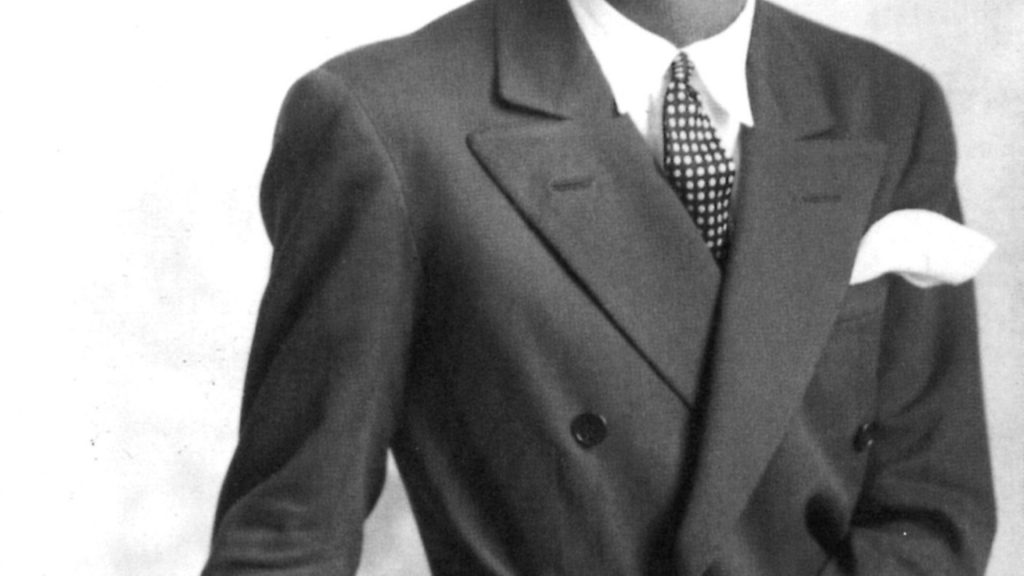
Balenciaga’s final creation, before closing his fashion house in 1968, was a wedding dress for the future Duchess of Cadiz. His death in 1972 was announced by fashion bible Women’s Wear Daily under the headline: ‘The king is dead’.
Balenciaga’s Flight of Fancy: Air France Uniforms, 1968
The designer’s most commercial move involved creating uniforms for Air France in 1968. Air travel was extremely enviable and glamorous at the time, and design partnerships were popular.
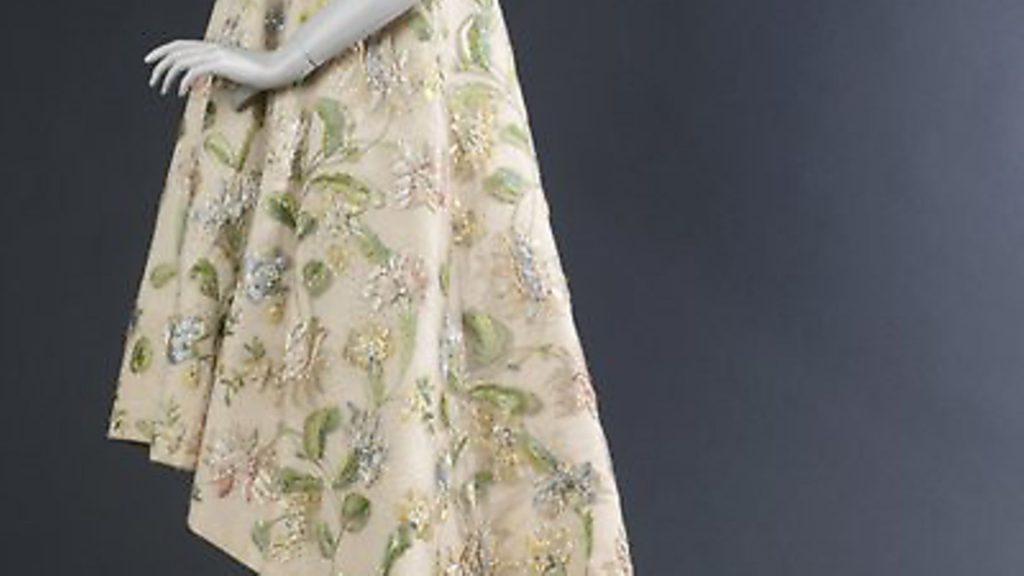
‘Airlines partnered with designers and artists – Braniff employed Emilio Pucci and Alexander Calder. Also, Christian Dior created the Air France uniform prior to Balenciaga,’ says Jonny Clark, editor of the Design Air blog.
‘Balenciaga’s designs were a return to the original 1946 Georgette Renal uniform for Air France, and a celebration of its history… The uniform was rolled out for female cabin crew, but I believe it quickly dated, as carriers such as Braniff were innovating with space-age designs.’
Furthermore, the wearers felt Balenciaga wasn’t ‘taking the cabin crew’s needs seriously’: a rare misstep from the fashion legend.
The Next Generation
Cosmetics company Jacques Bogart SA bought the rights to Balenciaga in 1986 and, a year later, Michel Goma became the fashion house’s first ready-to-wear designer, before moving onto Haute Couture label Jean Patou. Goma and his couture-obsessed successor, Josephus Thimister, arguably didn’t attract the plaudits of more recent Balenciaga designers when they moved on from the fashion house.
In contrast, Nicolas Ghesquière’s tenure as Creative Director from 1997-2012 made him a star, however his departure was controversial. He told System magazine in 2013: ‘Everything became an asset for the brand, trying to make it ever more corporate… I began to feel as though I was being sucked dry, like they wanted to steal my identity while trying to homogenise things.’
Alexander Wang then spent a productive three years at Balenciaga before amicably moving on. The current creative director is Demna Gvasalia, who runs his own label, Vetements, simultaneously. Gvasalia is seen as a wunderkind; theoretically, streetwear-heavy Vetements may have little in common with elegant Balenciaga, but both brands demand a fearless eye for envelope-pushing designs. Balenciaga’s references for Autumn/Winter 2017 ranged from politician Bernie Sanders to car mats and tires, topped off by nine couture dresses re-imagined from archive patterns: an unlikely but crowd-pleasing mix.
Sophie Hersan, head of product at Vestiaire Collective, a second-hand luxury fashion e-tailer, explains the brand’s continuing appeal. ‘Balenciaga is in our top ten bestselling and most researched brands,’ she says. ‘Demand continues to rise steadily and, as predicted, we saw a spike in demand that coincided with Demna Gvasalia’s arrival in October 2016.’
Hersan finds the most popular pieces are bags: typically, the ‘City’ and ‘First’ models, designed by Ghesquière, and the ‘Bazar’ and ‘Air’, by Gvasalia. Unlike Cristóbal Balenciaga’s deliberately unnamed collections and pieces, a modern designer’s It-bag needs a title for merchandising.
Exhibiting Balenciaga
Major style museums, such as London’s Fashion and Textile Museum, New York’s Costume Institute, and the Textile and Costume Museum of Barcelona, hold pieces by Balenciaga. However, the Cristóbal Balenciaga Museum, which opened in 2011 in Getaria, is your year-round port of call: it’s home to the Balenciaga Foundation and more than 2,000 exhibits, including personal donations from Hubert de Givenchy and Bunny Mellon. Its highly relevant location is the Palacio Almadar, the summer residence of the Marquises de Casa Torres, where Balenciaga spent so much of his youth.
The last few years have seen temporary exhibitions in New York (2010) and San Francisco (2011), curated by Hamish Bowles of Vogue magazine; then Calais’ Museum of Fashion and Lace paid tribute in 2015. Additionally, a large chunk of last year’s Fashion Game Changers exhibition, at the Mode Museum in Antwerp, focused on Balenciaga.
This year, We Crave Gallery, in Madrid, staged Decodé, where contemporary Spanish designers, artists and illustrators imagined what Balenciaga would create, were he alive today, with access to modern materials. Zuhey Hernandez, fashion and trends expert at We Crave, explains: ‘It’s an homage to the way he worked: he took specific styles and added contemporary lines. We developed our own materials, like silicone and dehydrated flowers, and worked with the next generation of designers.’
The first of this year’s major exhibitions, Musée Bourdelle – Balenciaga: L’Oeuvre Au Noir runs until July 16 this year. It features 28 pieces from the Balenciaga archive, alongside 36 from France’s Palais Galliera fashion museum, and a range of original sketches. Demonstrating the designer’s mostly black pieces, the exhibition involves ‘reviewing Balenciaga’s work, without being diverted by colour,’ according to Véronique Belloir, Haute Couture expert at the Palais Galliera. She applauds Balenciaga’s ‘extreme simplification’ when making a garment.
The V&A then follows on May 27 2017, with Balenciaga: Shaping Fashion displayed until next February. This includes a replica of the mysterious Parisian fashion house, which had strict access requirements. More than 100 garments, including 20 hats, will be shown, with some dresses x-rayed to understand their construction. In a final section, contemporary designers’ work will emphasise Balenciaga’s continual relevance to the likes of Simone Rocha and Yohji Yamamoto.
It’s hard to think of another designer whose work translates so easily to modern fashion. Yes, Balenciaga was ahead of his time, but he is also timeless.
Polly Allen is a journalist specialising in culture, travel, fashion and lifestyle









